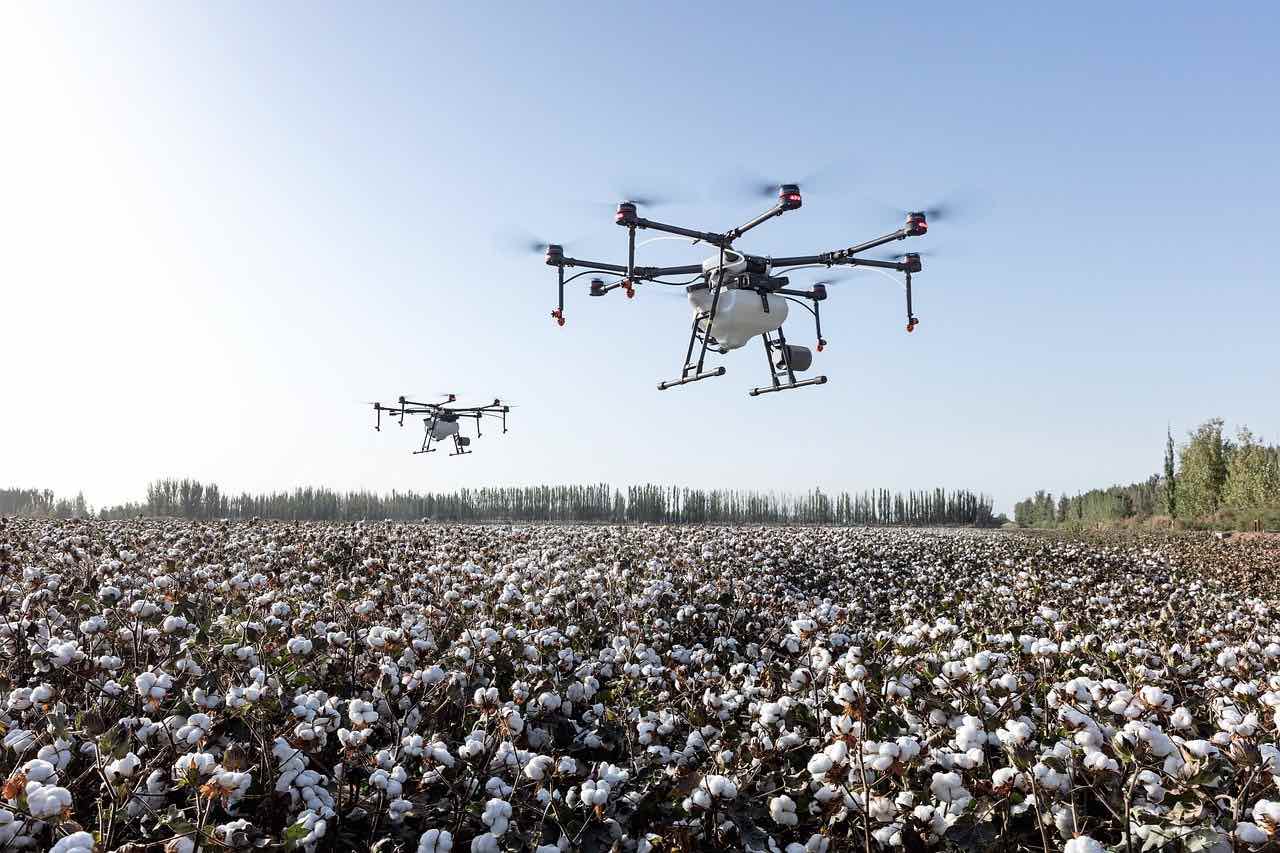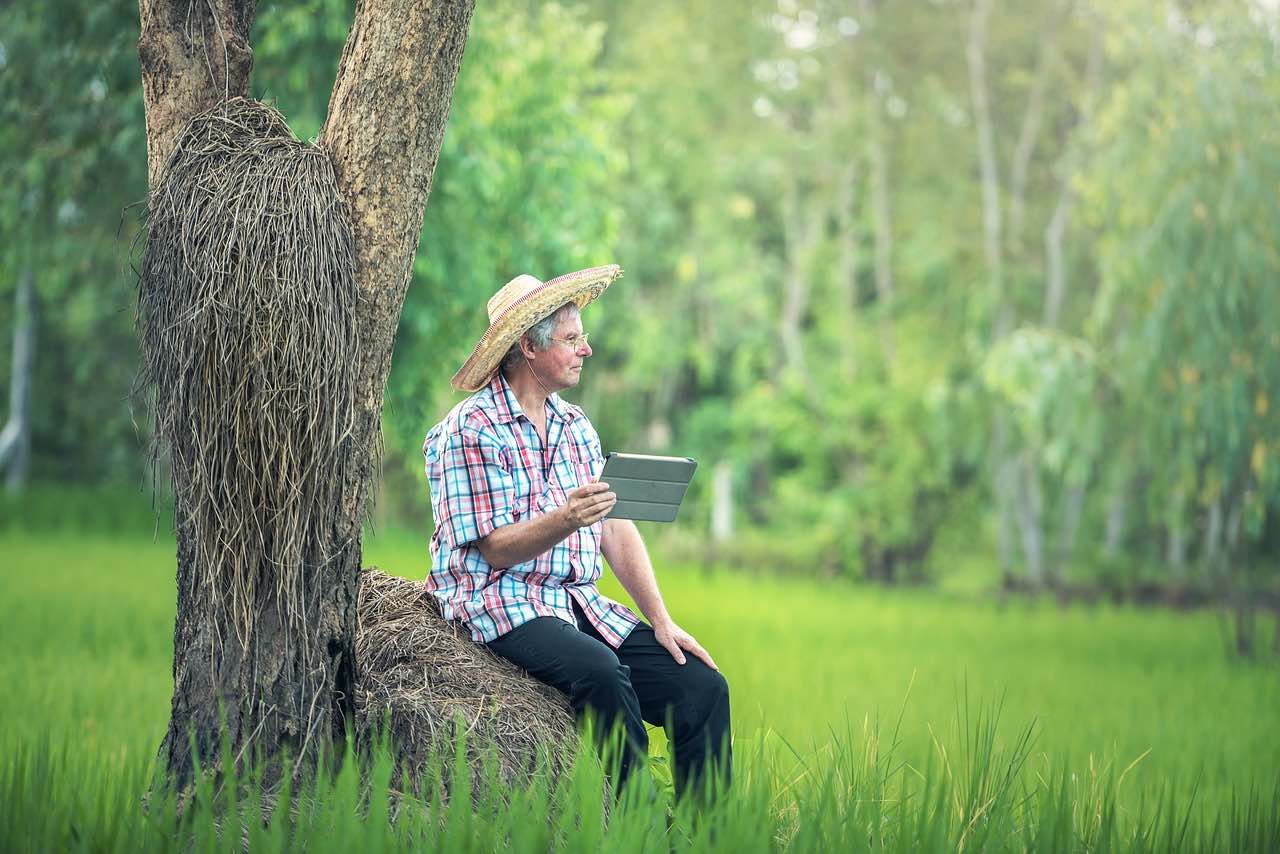Agricultural sustainability includes economic and social aspects as well as environmental conservation. The development of technologies has enabled a shift from traditional agriculture to new methods and practices that can help to reduce resource use, increase the sector’s productivity, and help decrease environmental impact. Developing countries are investing heavily in digital solutions for sustainable agriculture and an impressive amount of resources. In addition, there are many digital farming start-ups and initiatives that aim to increase productivity, increase farmer income and improve food safety using digital tools.
Trends driving digital technology in agriculture
The demand for agricultural products is snowballing. Moreover, by 2050, the world’s population is projected to increase to 9 billion. It means that farmers worldwide will have to increase production by 70% in just 30 years. However, the increasing demand does not relieve farmers of problems. Agriculture today faces several significant challenges:
- climate change
- increased frequency of extreme weather events
- temperature increase
- lack of water
Digital technologies can provide farmers with solutions to many pressing problems. They provide information that can be used to grow and optimize many processes on the farm. In addition, digital technology can significantly contribute to the food safety and traceability of agricultural supply chains.
What is digital agriculture?
Digital agriculture is a practice that uses digital technologies to collect, store and analyze data. These innovative solutions help farmers make more informed and effective decisions to improve productivity. Technologies used include robotics, weather monitoring, biotechnology, livestock surveillance, geospatial monitoring, wireless technology for data measurement, and precision resource input.
Robotics is used in various agricultural sectors, including the dairy, meat, and poultry industries. Technologies are used here for harvesting, autonomous feeding and milking, and collecting and grading eggs. In addition, thanks to robotics, farmers can identify and cure diseases in animals in time, preventing the infection of the entire herd.
Satellite imagery provides data on soil conditions and moisture. Digital infrared light and temperature sensors help you make more efficient pest control decisions, improve irrigation systems, fertilize, and harvest. The sensors work in conjunction with geographic information system technology in drones. Biometric sensors give farmers the ability to monitor health status and identify cattle stress and disease.
Digital Agriculture vs. Precision Agriculture: an important distinction
To collect and analyze data, farmers are actively using innovative technological solutions. Thanks to digital technologies, they can receive information about the composition and moisture of the soil, nutrients, and other indicators. The collected land data, integrated into the software, is also used in production, marketing, and forecasting.
Precision farming includes digitized farming operations. This list contains micro forecasting and weather forecasts, yield maps, GPS systems, and variable rate application of pesticide water and other resources.
Digital agriculture includes precision farming technologies and operations that take part in the agri-food supply chain. Digital agriculture includes blockchain technologies that enable transparency in supply chains, e-commerce software, intelligent warehouse platforms, and innovative advances in agrochemistry and seed production.
The evolution of agritech
The increasing number of innovations will lead to a significant transformation in the agricultural sector. Today, precision and smart farming are taking a large part in the farming ecosystem, but technologies in this area are widely used. In addition, different technologies interact with each other and provide farmers with more valuable data on their crops. For example, the introduction of blockchain and distributed ledger technology is gradually penetrating IoT.
Smartphones also play an essential role in the life of the farm, as many farmers use them to get market information, track weather forecasts, and access bank accounts. The extensive use of mobile devices is opening up new opportunities for growers in remote regions. With sensors to collect data, growers can also get critical information about their crops. The integration of sensors provides pH, fertilizer, water levels, salt, and sugar content. Drones help identify sick or withering plants, so farmers can take timely action to improve crop health.
Agricultural innovation can lead to a new revolution in the sector. In addition, technology not only increases yields but also increases income. The use of technology can help solve many problems, including pest problems, disease problems, finding the most suitable seeds, and finding marketing options at favourable prices.
Final thoughts
Digital farming offers many rewarding opportunities for farmers around the world. These solutions and tools enable you to access better resources, help you make better decisions, improve product quality, and more. However, the digital agriculture initiative must be supported by the government and development organizations and enterprises to bring about significant transformations that will improve the lives of farmers. A deep understanding of the needs of the industry will support timely investment and market development efforts.








